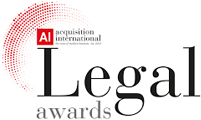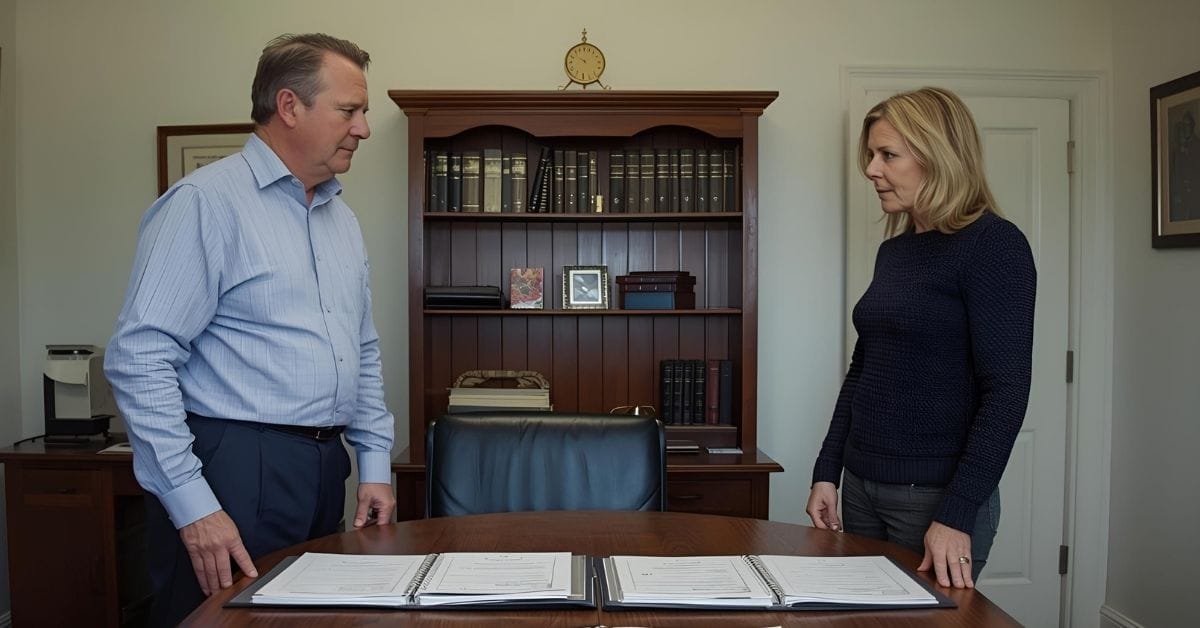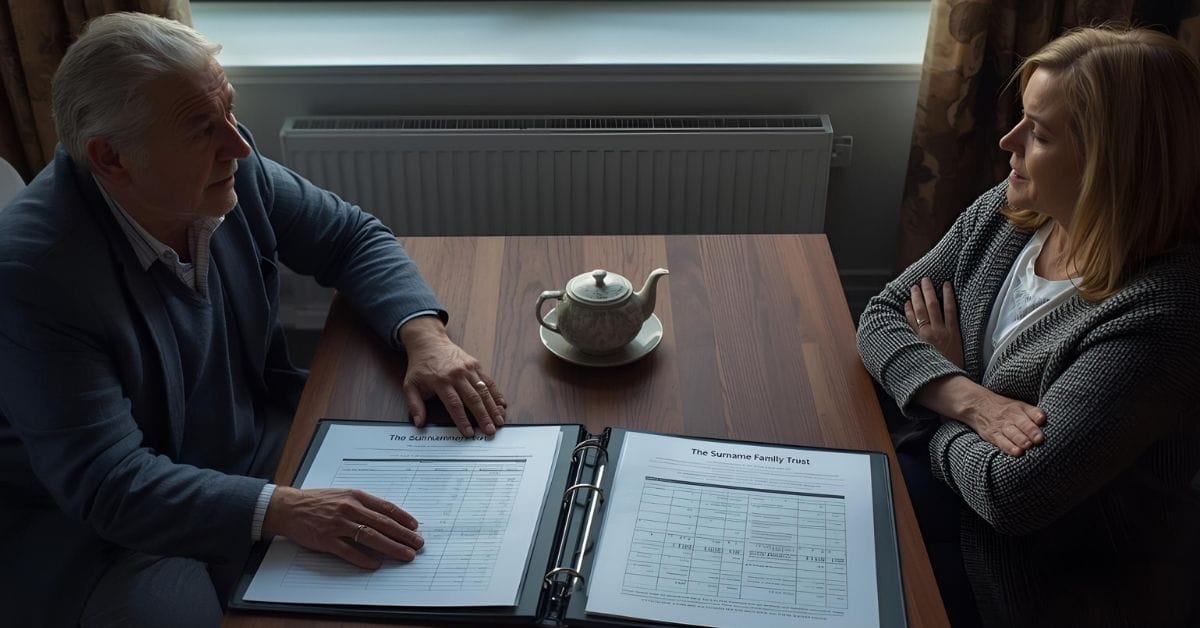Estate planning is about more than wills and inheritance. A binding financial agreement (BFA) can act as a planning [...]
Family trusts are common in Australian families and business groups, often set up for estate planning and asset protection purposes. In the context of family law and divorce property settlements, courts assess who controls the trust and who benefits from it. The court can include assets of the trust in the property pool or treat the trust as a financial resource. This legal guide explains when a trust will be included in a property settlement and how to protect your assets lawfully. Speak with our experienced family lawyers for a Strategy Session consultation.
What Happens to a Family Trust in a Property Settlement
Courts decide whether a family trust and its assets belong in the property pool by testing control and benefit, regardless of whether the assets are held personally or held in a trust.
The court considers if one of the parties effectively directs the trust and uses its assets and income for family assets. If so, assets available through the trust may be treated as part of the marital property in a property settlement claim. Many family law matters involve a trust referred to as a discretionary trust, but the same core questions apply across different types of trusts.
Quick Definitions
- Property pool:
- All assets and liabilities available for division under property law.
- Financial resource:
- A source of potential future benefit that is not property.
- Family trust:
- Is a legal arrangement where assets like money, property, or investments are held by a trustee for the benefit of the beneficiaries. It’s often used to protect assets, manage family wealth, and sometimes to gain tax advantages.
- Trustee:
- Is the person/s or company legally responsible for managing the trust’s assets according to the trust deed. They control the assets but must use them for the benefit of the beneficiaries, not for themselves.
- Corporate trustee:
- Is a company, rather than an individual, that manages a trust’s assets and decisions through the directors of the company.
- Appointor:
- Is the person (or sometimes people) who has the power to hire and remove the trustee of a trust.
- Beneficiary:
- A person who is entitled to benefit from a trust.
- Financial resource:
- Is something a person can reasonably expect to benefit from in the future, such as trust distributions, an inheritance, or regular support, even if it is not legally their property.
When Trust Assets Are Included in the Property Pool
Trust assets are included when a party has control over the trust i.e. is the trustee. Where a party has both control and receives a benefit from the trust then those assets will be included in the property pool.
When a party is only a beneficiary of trust and receives the benefit if the trust such as payments from the trust, it is unlikely that the trust assets will be included in the property settlement because that party does not have control of the trust. However, the payments received can be included as a financial resource.
If a party can remove the trustee, control a corporate trustee or vary the deed, and has used money in the trust to distribute assets or pay family expenses, the trust will be included alongside other family assets. The court then decides the percentage of the property pool that each party receives.
Example: A spouse is the appointor and sole director of the corporate trustee and uses money in the trust for household expenses. The court may treat the assets held in the trust as part of the pool.
Signals That Support Inclusion
- Appointor powers to remove or appoint the trustee.
- Sole directorship or voting control of a corporate trustee.
- Regular distributions and loans used for family expenses.
Comparison Table
| Scenario | Likely Treatment | Reason |
|---|---|---|
| Party is appointor and trustee with regular family distributions | Included as property | Control and benefit align |
| Party is appointor only but trustee acts on wishes | Often included | Effective control inferred |
| No control and rare distributions | Usually financial resource | Future benefit only |
Example: One of the parties uses the trust structure to buy a family vehicle and reduce the home loan. Those assets and liabilities may be included in a property settlement.
When a Trust Is Treated as a Financial Resource
Without control, a discretionary interest is usually a financial resource that may influence the split but does not expand the pool. The court then adjusts non-trust assets to reflect expected access to distributions.
This is common where parents or third parties control the trust, and a party is only a beneficiary of the trust. An interest in the trust without real control does not convert to property, yet it still affects the division because it can supplement income and assets in the future.
Practical Impact
- The trust stays outside the pool.
- Percentages shift to reflect likely future income and assets.
Example: A spouse is one of several beneficiaries in a parents’ trust without any appointor or trustee role. The interest in the trust is a financial resource, not property.
How Control Over the Trust Is Tested
Control of the trust is assessed through appointor powers, trustee roles, corporate control and the terms of the trust deed. The court examines who can remove or appoint the trustee, who actually signs resolutions and who directs distributions day to day.
A family trust deed that lets a party vary beneficiaries, or concentrate control in a corporate trustee they manage, will weigh toward inclusion. Conduct also matters. If a party treats the trust as their own and directs the trust structure without oversight, effective control is likely.
Control Checklist
- Who holds appointor powers and succession to that role.
- Who is trustee or controls the corporate trustee.
- Who can vary the deed or add beneficiaries.
Example: A company search shows a spouse is the sole director of the trustee company. That spouse likely controls the trust and its assets.
Evidence the Court Considers About a Trust
Courts review the family trust deed, deed variations, trustee minutes, resolutions, accounts, tax returns and bank statements to trace control and benefit. They also examine loans within the family group, unpaid present entitlements and how money in the trust was used.
Valuations help determine the value of the assets held by the trust and how those assets are held. Clear records of assets and income support either inclusion or resource treatment. Poor records can lead to stronger disclosure orders and adverse inferences.
What to Collect Early
- Original deed and all variations.
- Trustee minutes, distribution statements and tax returns.
- Loan agreements, ledgers, bank statements and asset valuations.
Example: Ledger entries show beneficiary loans paying school fees and household costs. That pattern supports inclusion or an adjustment to the percentage split.
De Facto Relationships
The same principles that apply to married couples who are separating apply to de facto couples. The family law courts use the same control and resource tests and apply Queensland practice in the Brisbane registry.
Local property law steps still start with disclosure, then valuations, negotiation and consent orders. Family law cases encourage practical outcomes that keep viable businesses trading while the parties resolve how to distribute assets fairly.
- Typical pathway: disclosure, valuations, negotiation, consent orders.
- Jurisdiction and time limits apply to family law matters.
Example: A de facto couple in Brisbane with a trading trust faces the same analysis of control and benefit as a married couple.
When Not to Proceed with Trust Changes
Avoid restructuring that aims to defeat a property settlement claim. Trusts can be used to protect family assets from creditors and business risk, but not to frustrate court orders or hide assets during separation. Courts can unwind steps that reduce the pool.
Rushed transfers, backdated minutes and shifting appointor roles after separation increase risk. Sensible standstill arrangements protect both households and the business while negotiations proceed.
Avoid These Moves
- Changing trustees or appointors to sidestep claims.
- Transferring assets to new entities without value.
- Backdating minutes or resolutions.
Example: A trustee transfers real property to a related entity days after separation. The court can set aside the transfer and restore assets available to the pool.
Practical Settlement Strategies Involving Family Trusts
Negotiation can resolve control while preserving the family group. Parties can reshape roles, repay loan accounts and set distribution policies that work for two households. This reduces disruption to income and assets and supports a workable percentage of the property pool.
Common strategies include stepping an appointor out, adding an independent controller and documenting how the trustee will distribute assets. Where trust loans exist, repay or convert them with offsets elsewhere in the pool.
Options to Consider
- Retire or replace an appointor with an independent person.
- Set distribution policies to support both households.
- Value and repay beneficiary loan accounts.
Example: The appointor resigns, the trustee repays a beneficiary loan to the other spouse and non trust assets are adjusted to match the agreed percentage.
Urgency Guidance if You Control a Trust
Act quickly to preserve records, pause non ordinary transactions and seek advice before signing documents that affect the trust. Early disclosure lowers cost and reduces the risk of inferences about concealed assets held in a trust.
Interim arrangements can keep the business trading while property issues are resolved. A communication plan with accountants helps maintain compliance and avoid mistakes during trusts during property settlements.
Immediate Steps
- Stop unusual distributions and keep working capital stable.
- Preserve emails, minutes, ledgers and bank data.
- Obtain family law and tax advice before any change.
Example: A short standstill on distributions buys time to value the assets and negotiate consent orders without disrupting operations.
Where This Links With Estate Planning and Business Structures
Trust control should align with wills, appointor succession and company constitutions. When you set up a family trust, consider how control passes on death or incapacity so control does not revert unexpectedly during a relationship breakdown.
Coordinate trust deed terms with shareholders’ agreements and enduring powers of attorney. That alignment helps protect your assets, clarifies who can act and reduces disputes in future family law cases.
Related Areas to Consider
- Binding financial agreement advice
- Business valuation for family law
- Consent orders to finalise settlement

































